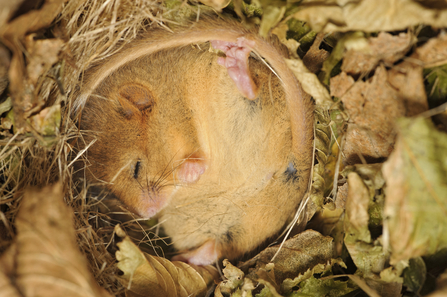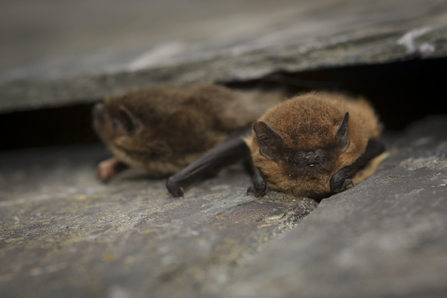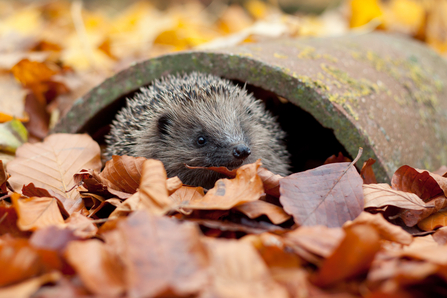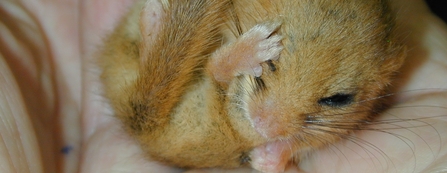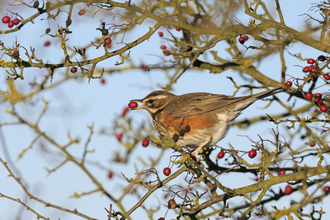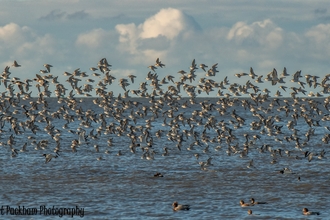Winter is generally a quieter time in the wild world, with many of our favourite species disappearing from view. The colder temperatures, shorter days and decreased availability of food means that winter can be tough for wildlife, but as always with nature there is an answer! Whether it is leaving our shores for somewhere warmer, growing a lovely thick winter coat or hibernating, many animals know just how to cope with winter.
What is hibernation?
Hibernation is a period of significantly reduced activity where an animal’s bodily functions either completely stop or are drastically reduced. For example, heart rates may decrease by up to 90 per cent, body temperatures lower and metabolic rates slow down significantly too. This all allows animals to survive without eating or drinking for a period of months.


